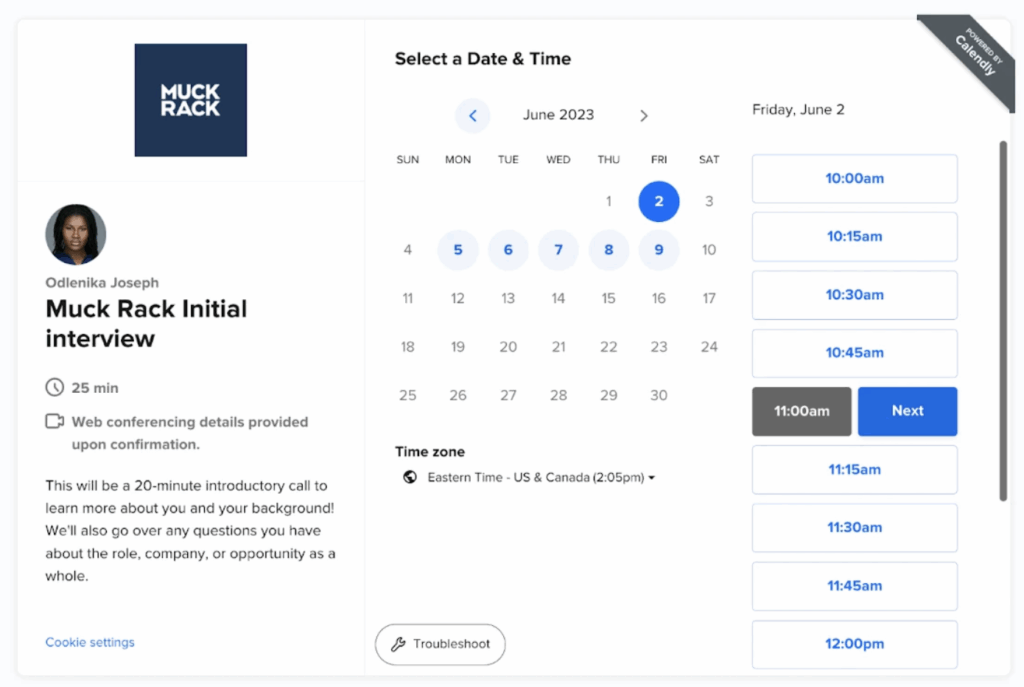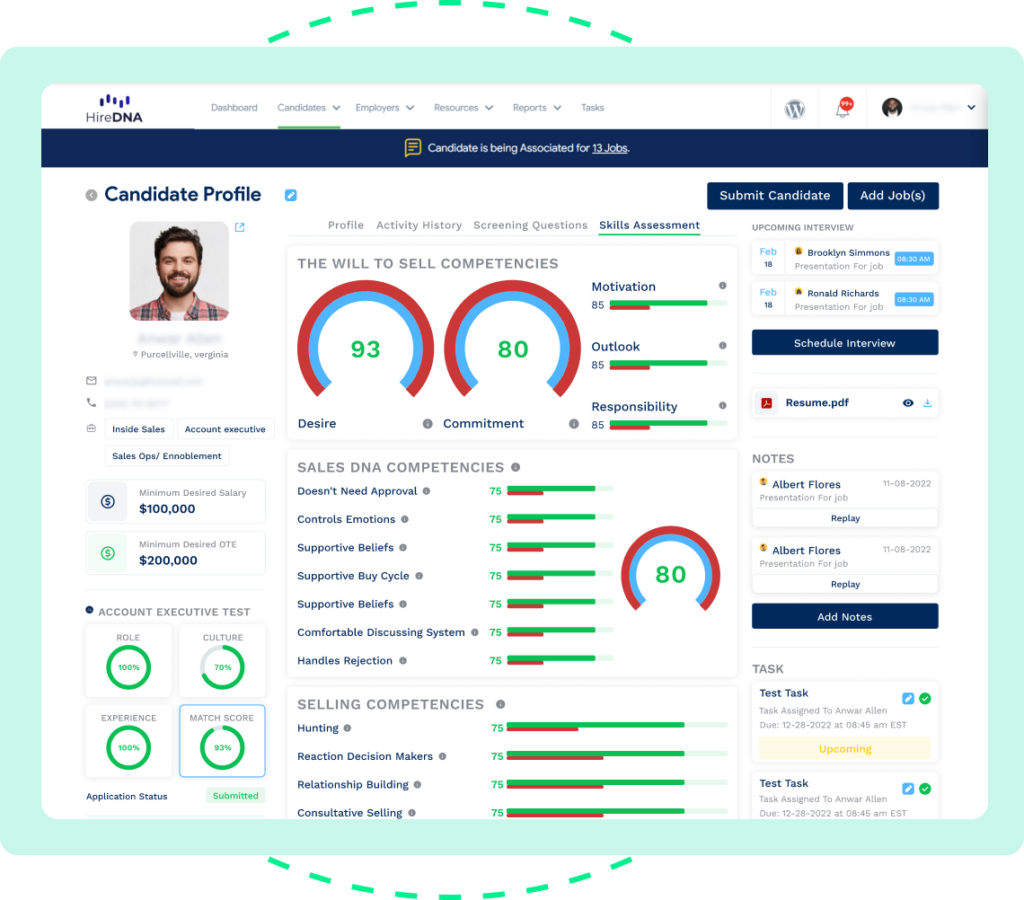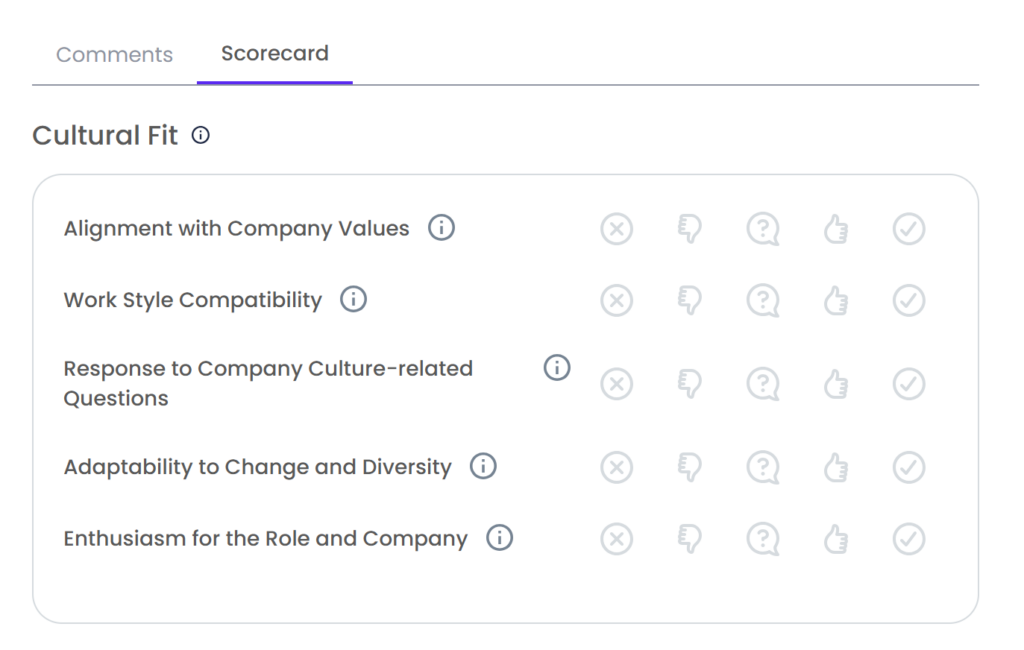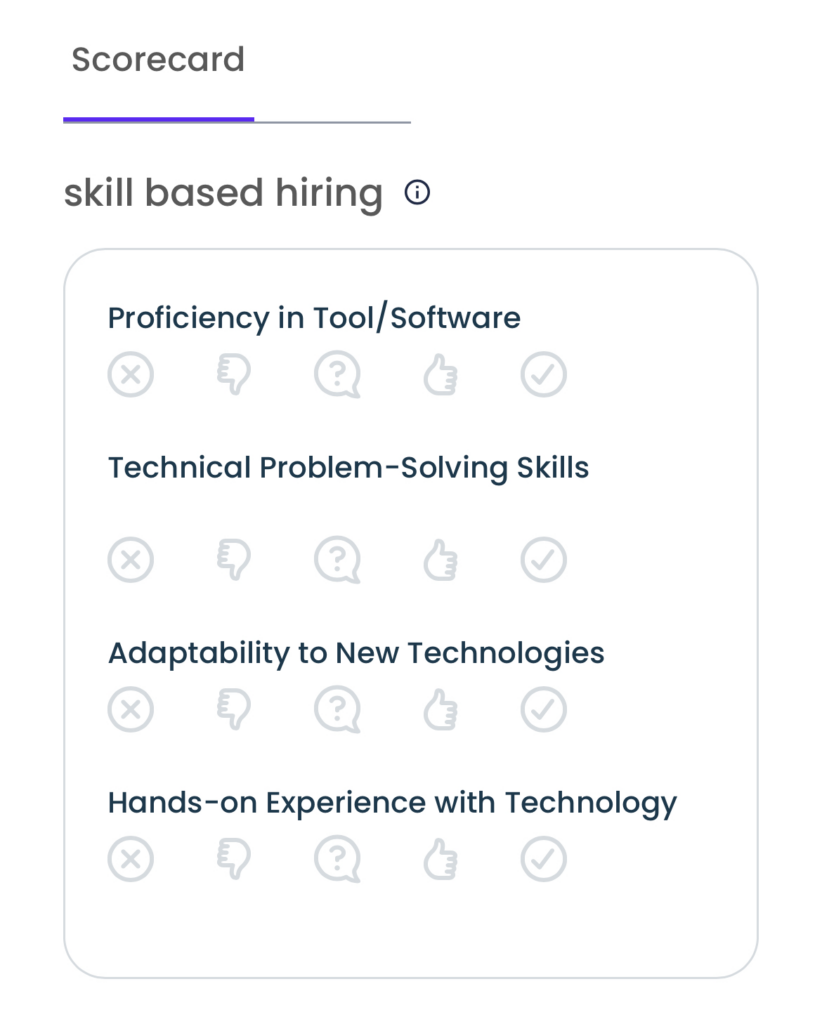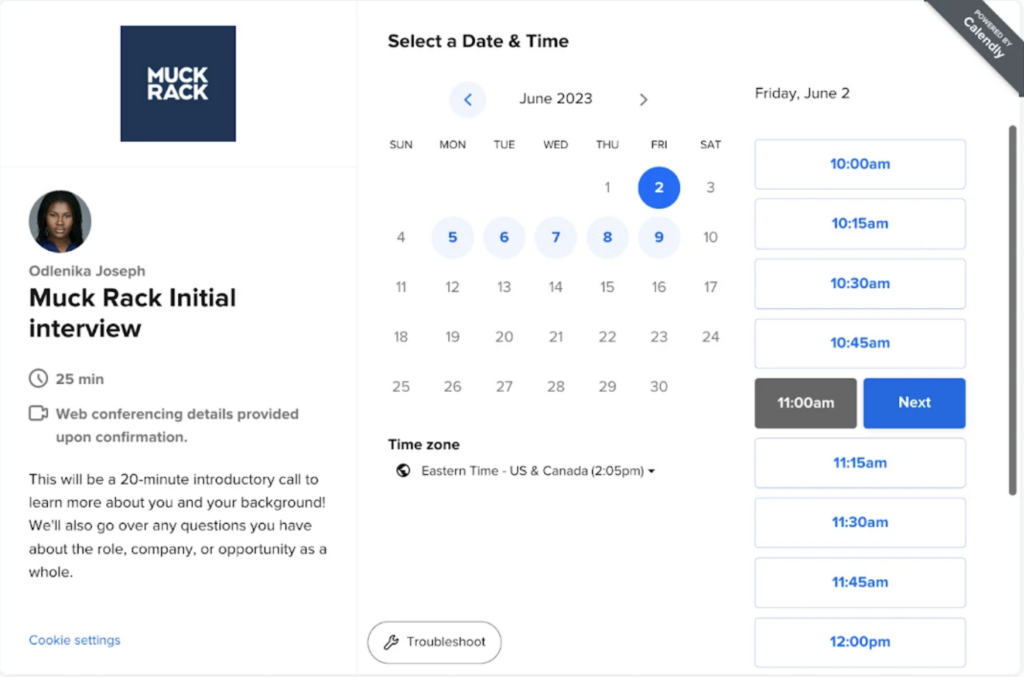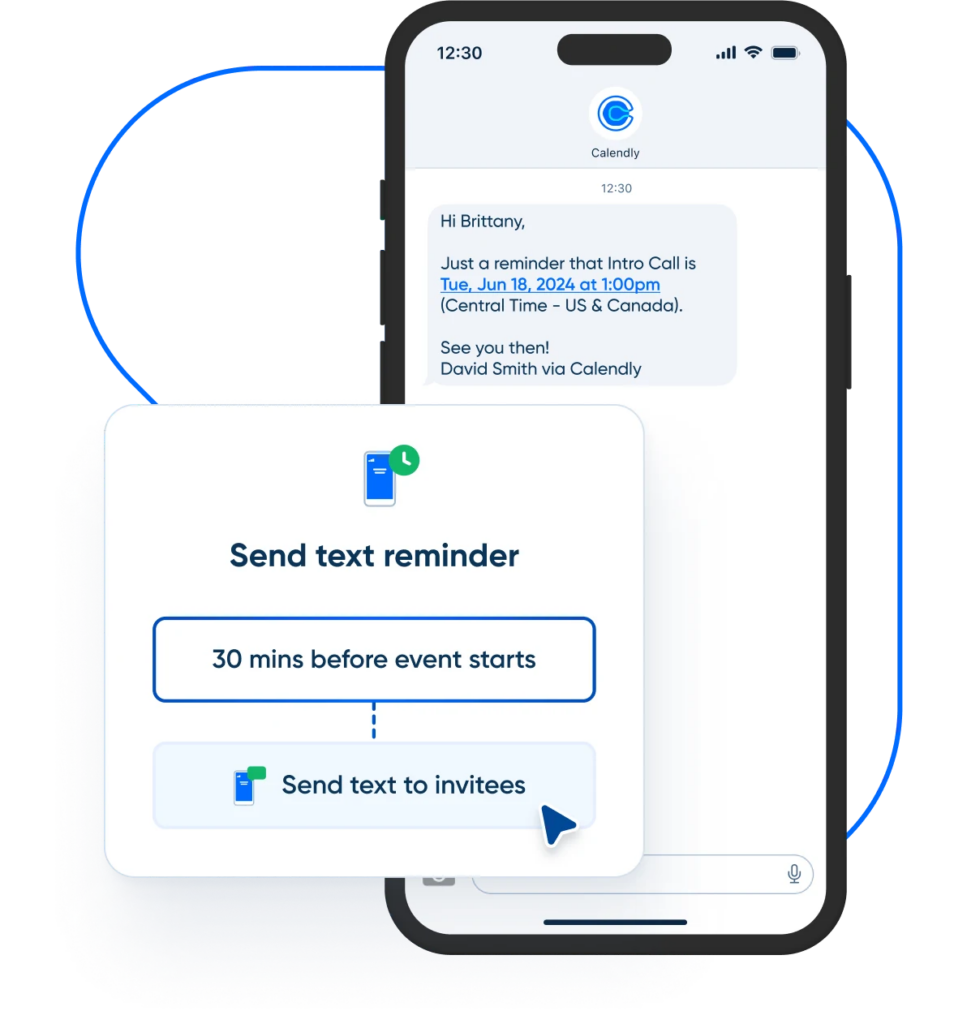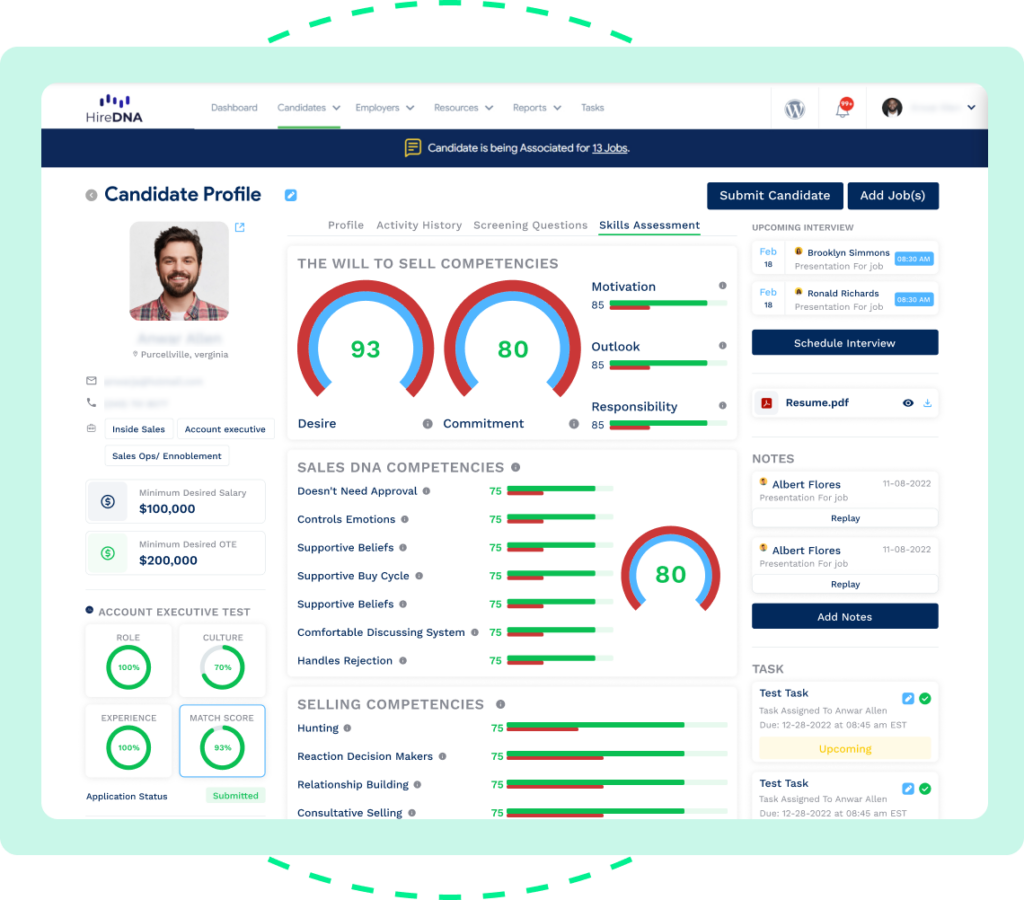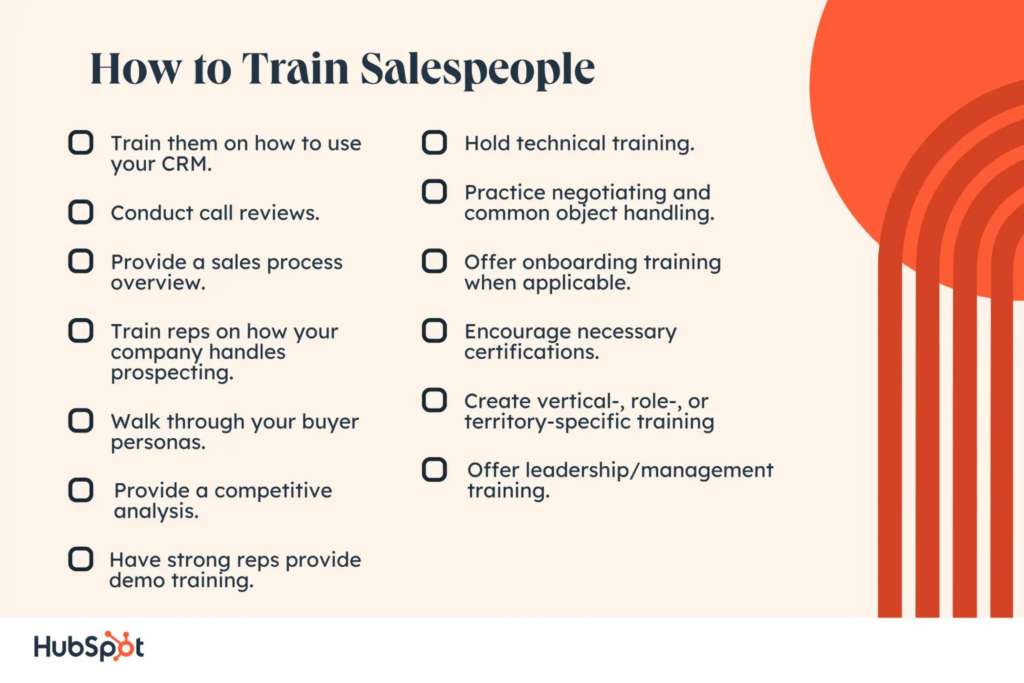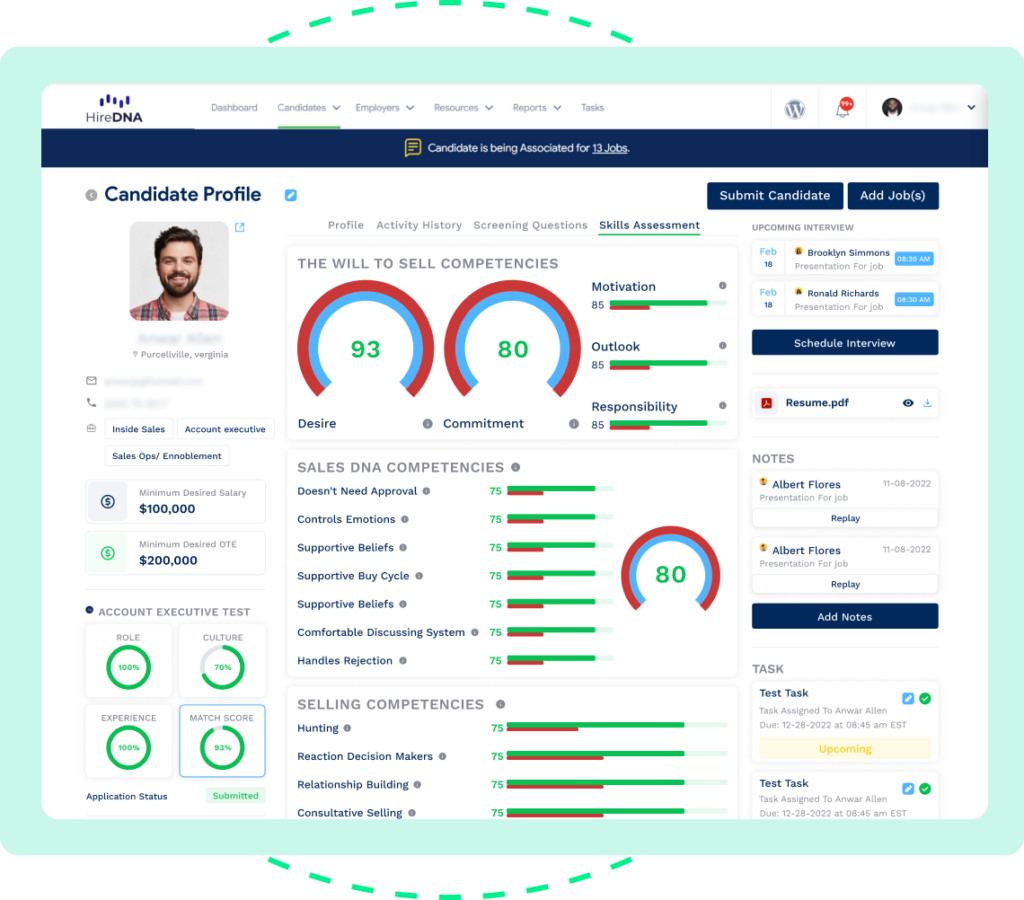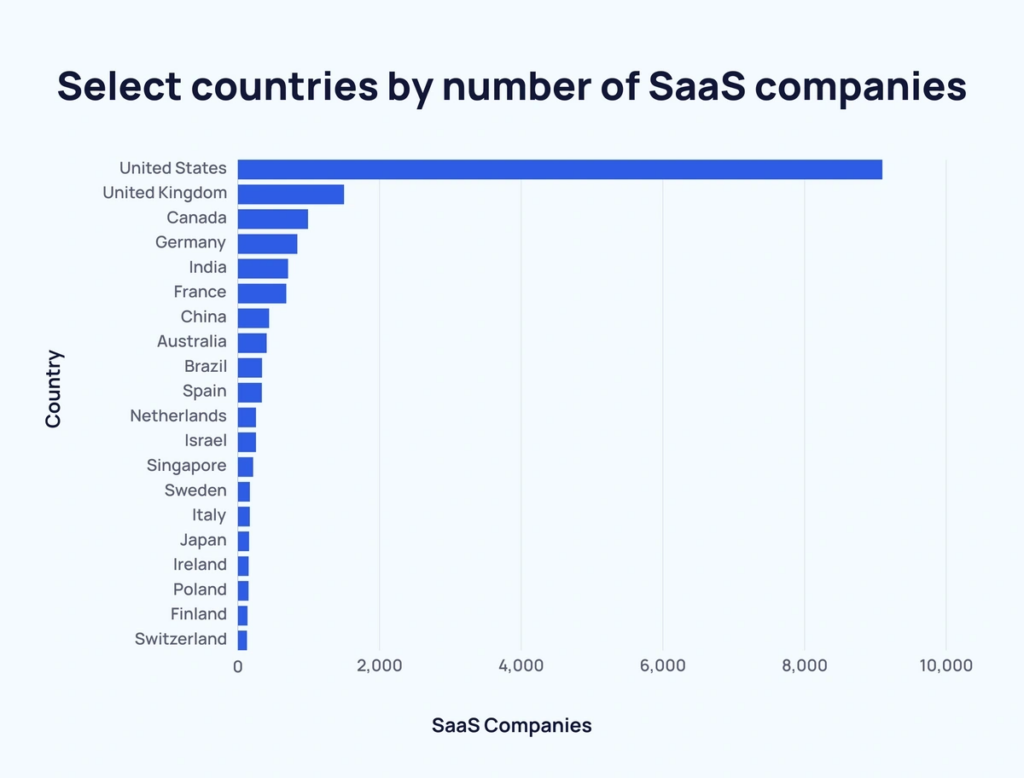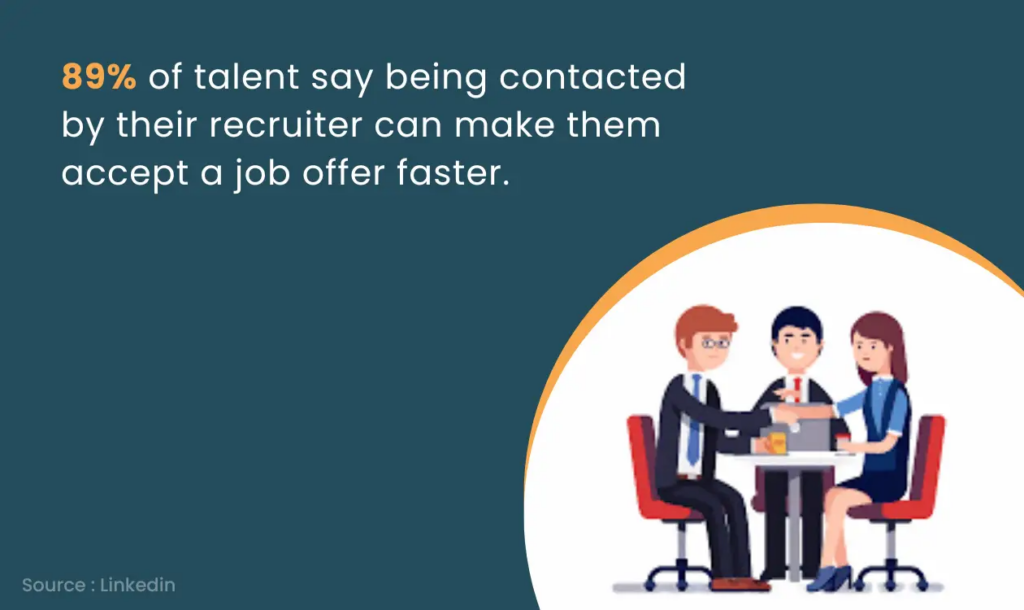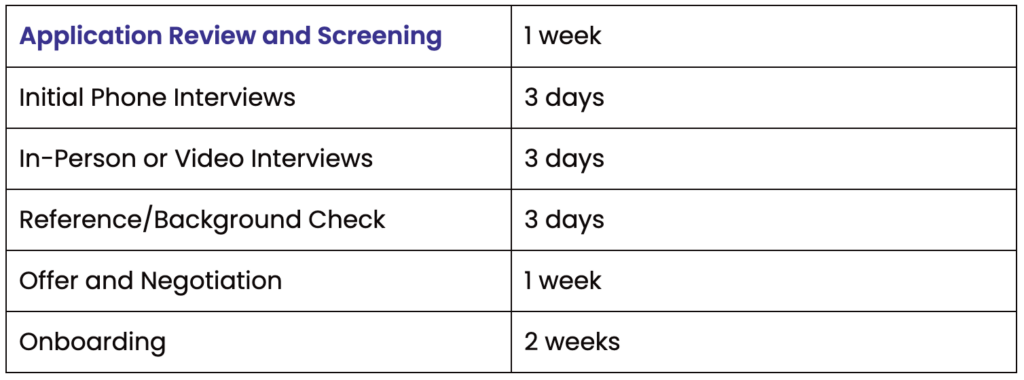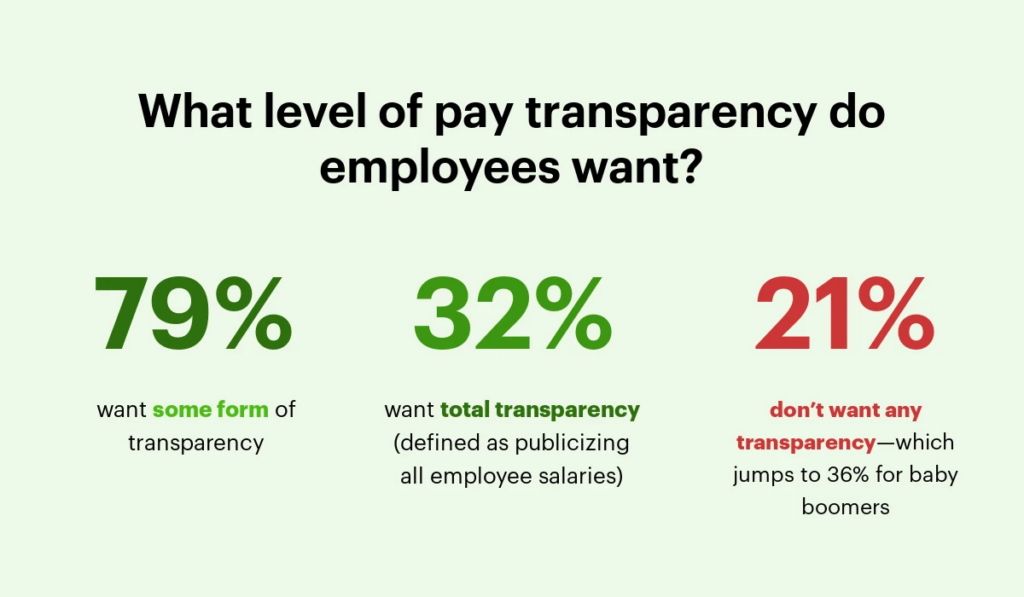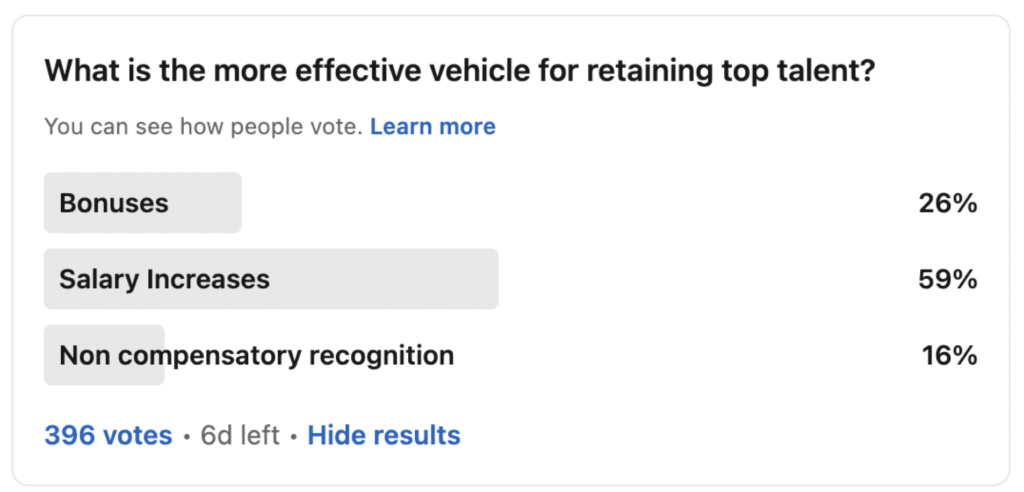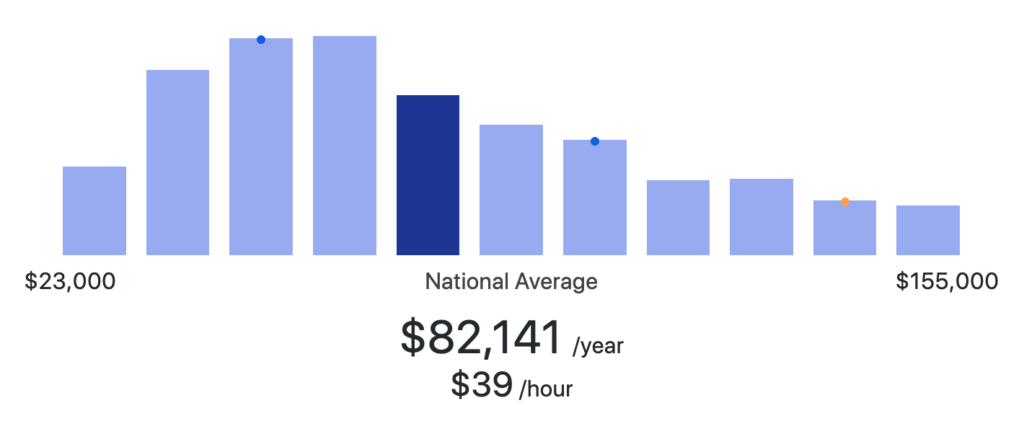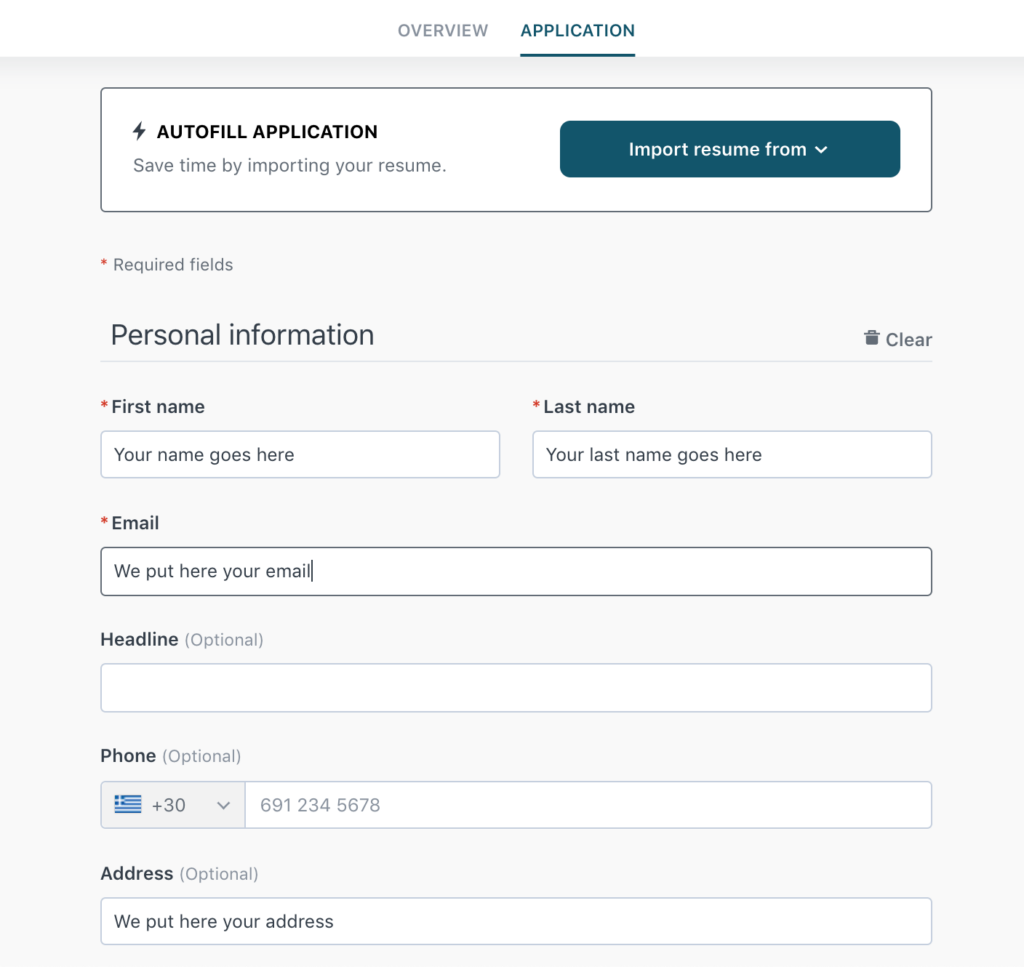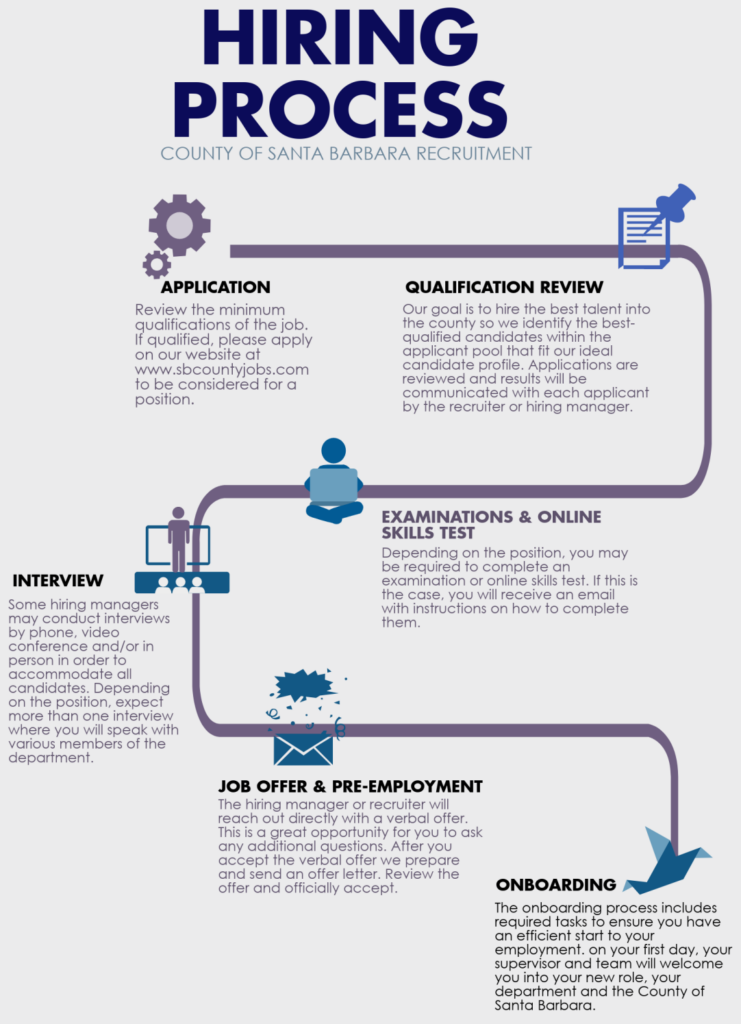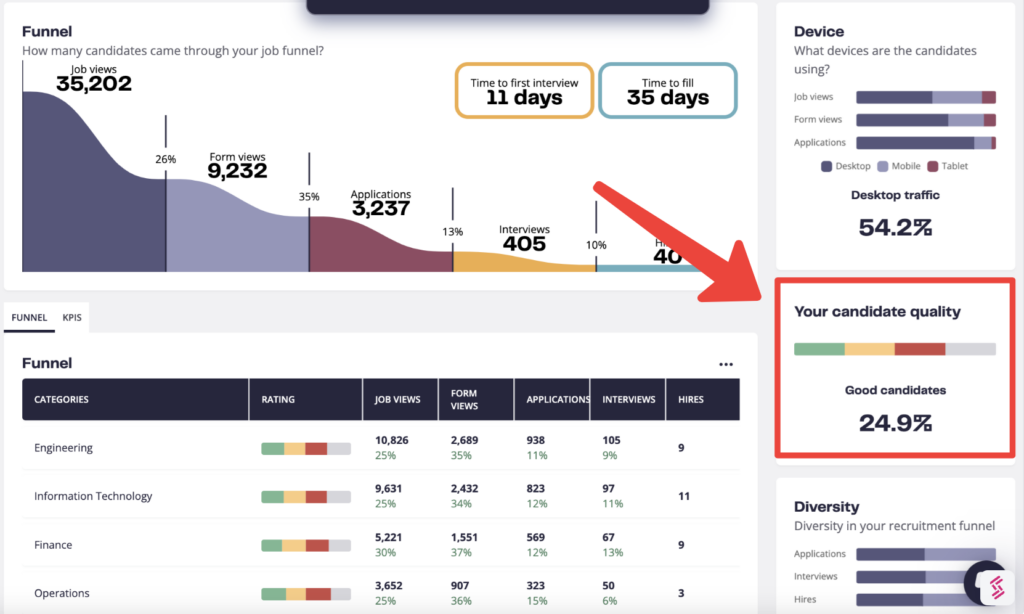It’s something I’ve said time and time again on this blog. The size of today’s SaaS market is truly staggering. Data varies, but a recent study estimates that there are up to 42,000 SaaS companies operating globally, with 17,000 in the US alone. While this means exciting tech advancements and endlessly innovative features for consumers, this presents a recruiting conundrum for many SaaS brands, and it’s essential to stand out to top sales talent.
Otherwise, finding consistent growth and success will likely be an uphill battle. With that said, I’ve compiled a brief list of practical strategies to not only appeal to today’s top talent but also retain them.
Start with Offering a Competitive Salary and Benefits
SaaS recruiting trends are continually changing. But one thing that will never change is elite sales talent seeking competitive pay.
Top salespeople know they’re skilled. They also know they have plenty of leverage and shouldn’t settle for below-average or even average pay. In fact, one study found that 89% of salespeople leave for better pay.
The same article also mentions the financial impact that high turnover can have on a company. “Turnover rates near 35% can be expensive, requiring not only the costs of training and investment, but also of acquiring a replacement.”
So even if you save a little bit initially by paying salespeople less than your competitors, you can easily end up paying more in the long run when you consider costs like rehiring, onboarding, and training.
The bottom line is that offering a competitive salary and benefits is a must for getting ahead in the SaaS industry. And benchmark salaries are something you shouldn’t continually assess to ensure you remain competitive.
For insights on how much you should pay top talent, check out this blog post we wrote on SaaS sales salary.
Build a SaaS Recruiting Hub on Your Website
This strategy seems like a no-brainer to me, and I find it shocking that more SaaS companies aren’t doing it. By the way, when I say “recruiting hub,” I’m referring to a dedicated section of a website where candidates can find information on your company, benefits of working for you, testimonials from current/previous employees, and job listings.
Hands down, one of the best examples is HubSpot Careers.

It’s simple, straightforward, and very professional.

With just a few minutes of browsing, candidates can learn everything they need about HubSpot and find an up-to-date listing of all available positions.
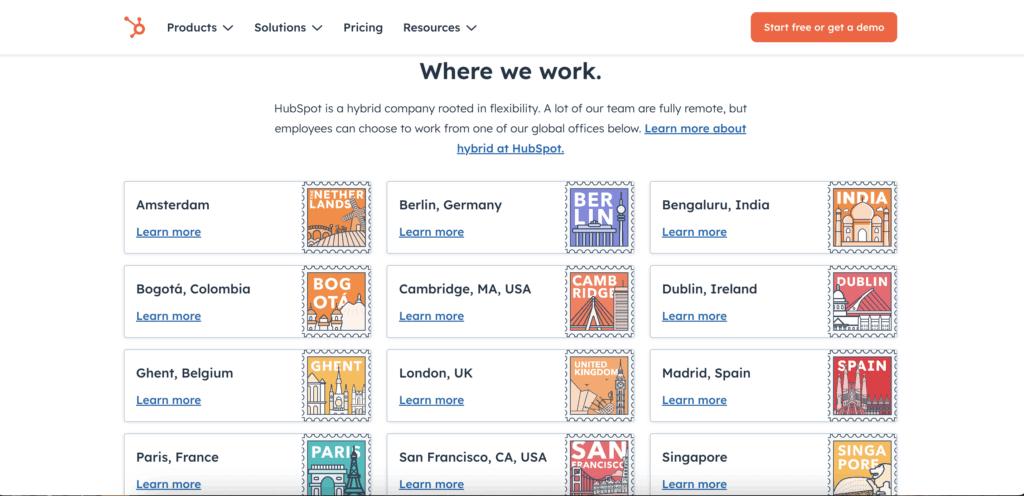
Keep in mind that HubSpot is one of the biggest SaaS companies in the world, and their Careers page is quite exhaustive. Therefore, you probably won’t need to create a recruiting hub that’s this robust for your SaaS company. But this example should serve as an excellent example to get your creative juices flowing.
Once you have a solid resource, you can point candidates to it from job boards, social media, or anywhere you recruit. And at the same time, it works as a passive recruiter, as anyone who lands on your website can easily find it.
Not to mention, when done professionally, this can go a long way in helping you stand out to top sales talent and distinguish your brand from the competition.
Win the Recruiting War with Data
If you’re not using data, you’re missing out. It’s that simple.
One example is analyzing key hiring metrics like time-to-fill, cost-per-hire, and sourcing channel effectiveness, which provide clear insight into what’s working and what’s not. In turn, you can make ongoing adjustments to optimize all of these areas and maximize your ROI.
Another example is using predictive analytics to determine the likelihood of a candidate’s success with your SaaS company. With HireDNA, for instance, you can create a candidate profile for each person and, at a glance, analyze their core competencies like motivation, responsibility, and the ability to handle rejection. All of which are scored, so you can quantitatively measure one candidate against another.
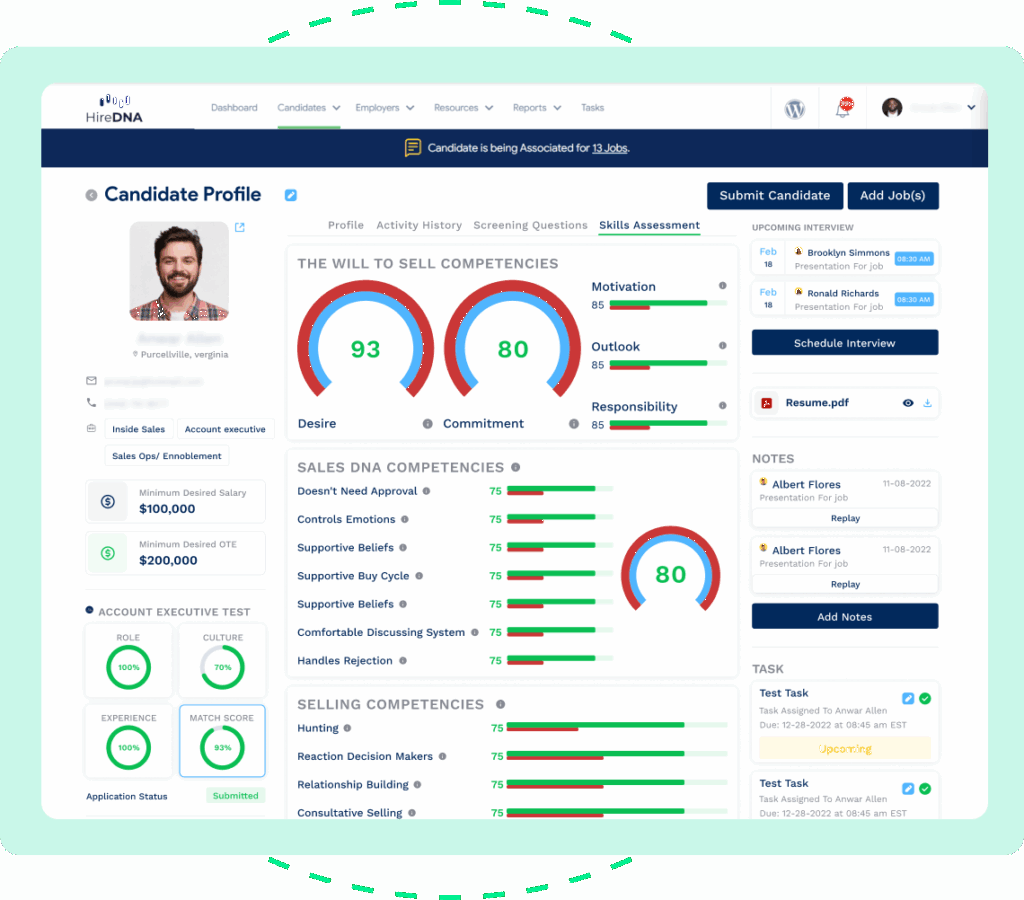
If you haven’t implemented some form of analytics yet, now is the perfect time to get started, and you should see a noticeable impact within a month or two.
Make the Candidate Experience a Pleasure, Not a Burden
Elite candidates don’t stay on the market for long, and they don’t want to deal with a bunch of hassle to find a position. Therefore, providing an amazing candidate experience should be another top priority.
So, how can you do this?
First, keep the length of any forms candidates have to fill out to a bare minimum. Don’t ask needless, extraneous questions, and offer auto-complete so candidates don’t have to manually fill out basic contact information.
Next, automate hiring communication to keep candidates in the loop without needless back-and-forthing. Not only should this provide a better candidate experience and maximize transparency, it should also save you time as well.
Third, let candidates schedule interview times that are convenient for them with a tool like Calendly. This allows them to look at multiple interview slots and choose the optimal time without zero friction.
Best of all, you don’t have to waste time setting up interviews, and both parties will receive reminders before an event.
Finally, don’t have any more interview rounds than absolutely necessary. For most SaaS sales positions, two is plenty. Once you go beyond that, you’re likely to see a steep drop-off rate.
Using Smart Tactics to Stand Out to Top Sales Talent
With SaaS being such a saturated industry, you can’t expect to slap up an ad on a job board and be flooded with A+ talent. Finding success requires careful analysis and putting yourself in the shoes of top salespeople. Winning is one part tried-and-true techniques, like offering a competitive salary, and one part cutting-edge techniques, like leveraging data and automation technology to win over elite candidates.
If you’re ready to elevate your SaaS sales hiring, try out our Sales Skills Assessment. It’s 95% accurate in predicting future success and was voted the gold medal winner top sales assessment for 11 consecutive years by Top Sales World.

